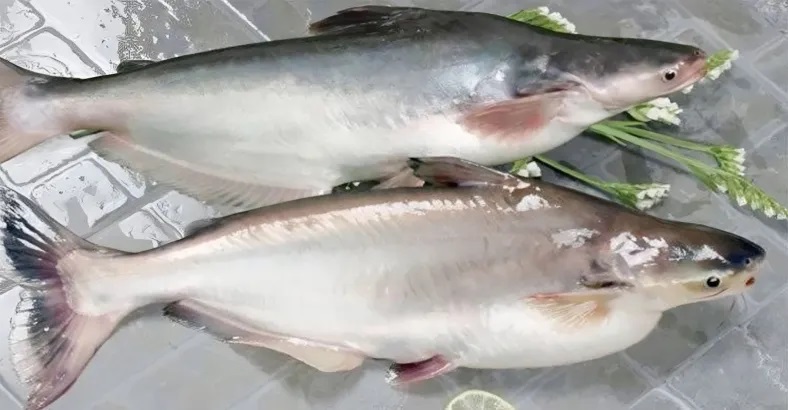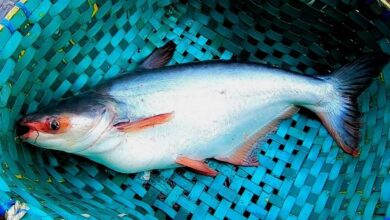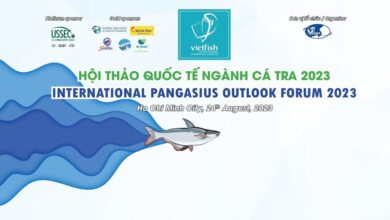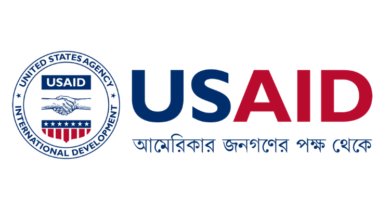Conservation of Riverine Pangas is a concerning issue

There was a time when big sized riverine Rui, Katla, Pangas etc fishes were served any occasions to guests. River fish were plentiful even at the beginning of the century. At that point, catching a large fish was expected. However, as time passes, so does the supply of fish. Large riverine fishes such as rohu, katla, mrigel, and pangas are currently cultivated in ponds. Pangas fish availability and quantity in rivers currently appear to be unrealistic.
However, in recent years, a new glimmer of hope has emerged about the availability of large-size fresh water pangas. Other fish stocks in the river have increased as a result of the Hilsa protection effort. The Department of Fisheries has removed the illegal fishing trap known as ‘Chai,’ which was set up at numerous pangas hatching places such as Chandpur and Shariatpur.
The Fisheries Act prohibits the capture of pangas smaller than 12 inches (30 cm) from the wild. Disobedience to the law, reservoir destruction, haphazard infrastructure construction, killing of fry and eggs, use of illegal nets, excessive use of pesticides and fertilizers, dumping of industrial waste in rivers and oceans, and plastic pollution have all contributed to the decline of the pangas fish population.
For several years, ECOFISH II, a project of Worldfish funded by USAID, carried out in collaboration with the Department of Fisheries, has been undertaking numerous efforts. They organized different awareness programs for pangas conservation through all over Bangladesh, especially in the riverine region of Chadpur, Borguna and Barishal. Furthermore, any groups have made no such conservation efforts. The approach of the ECOFISH II team might be viewed as the first step toward riverine Pangas’s conservation and management. Department of Fisheries were tried their level best to eliminate the use of chai, which is used for catching the fry of riverine pangas species. 200-300 kg of fry are caught in one such Pangas fish fry net or Chai.
Nevertheless, this vicious cycle has started in recent years when the production of natural pangas fish has been increasing. Around 600 kg of Pangas fish fry were seized from three boats in the Meghna River because of a joint operation of the Fisheries Department, Chandpur Sadar and the Coast Guard.
Pangas fish contain less mercury than other varieties of fish, making them a safer choice for regular intake. It contains omega-3 fatty acids, which are necessary for cardiovascular health and cognitive function. It is high time to conserve riverine Pangas fish stock, so that it can continue to exist for future generations. Pangas fish resource users should emphasize on conserving Pangas breeding, nursery, and spawning grounds. Fishermen should encourage other fishermen to stop illegal fishing of Pangas, so that a sustainable catch rate could be retained.
Farhana Islam
Agriculturist, Researcher




